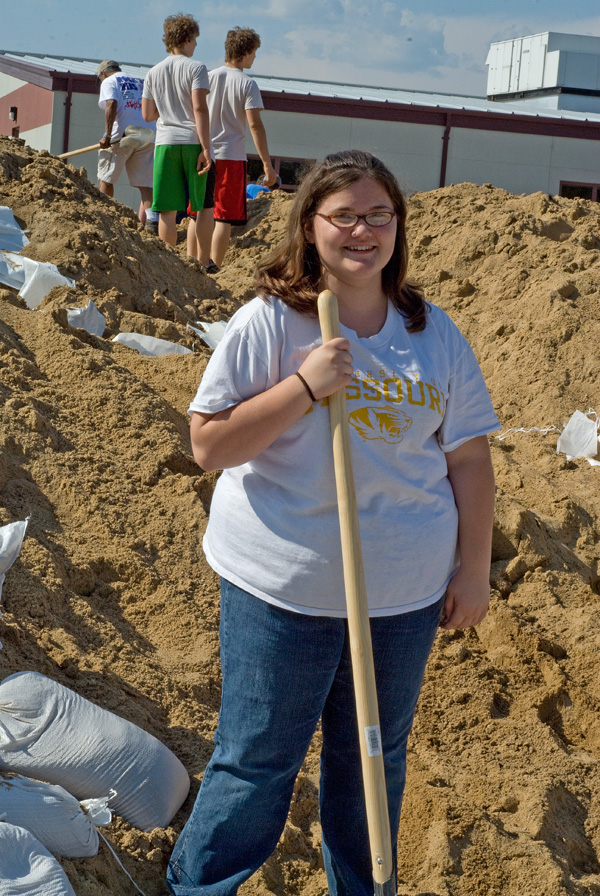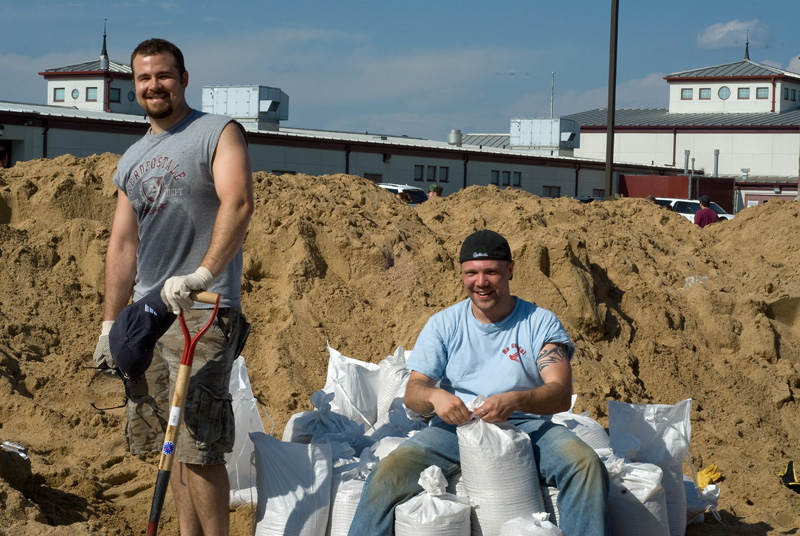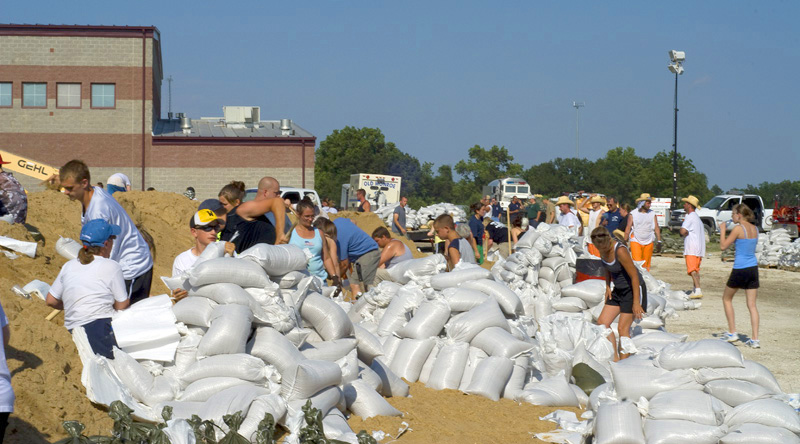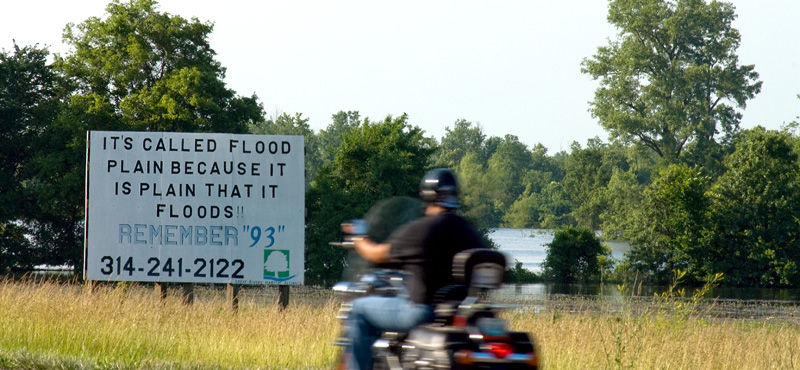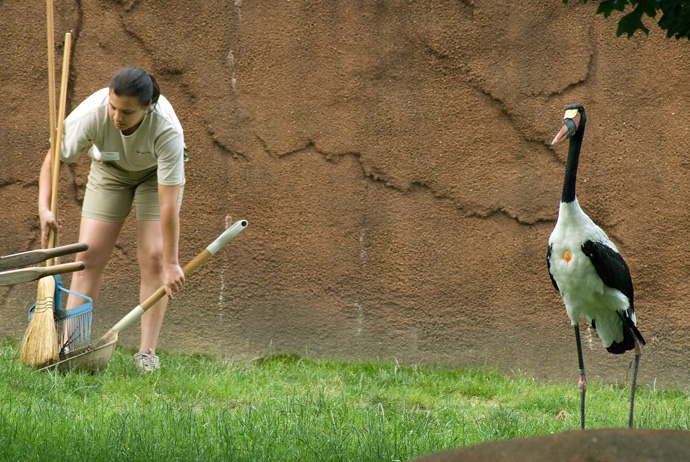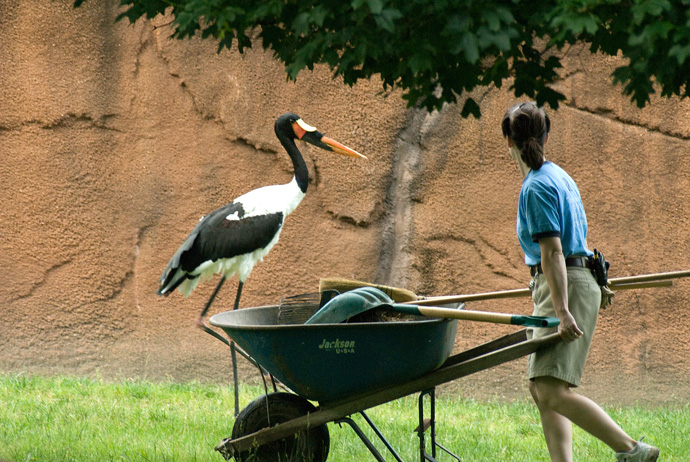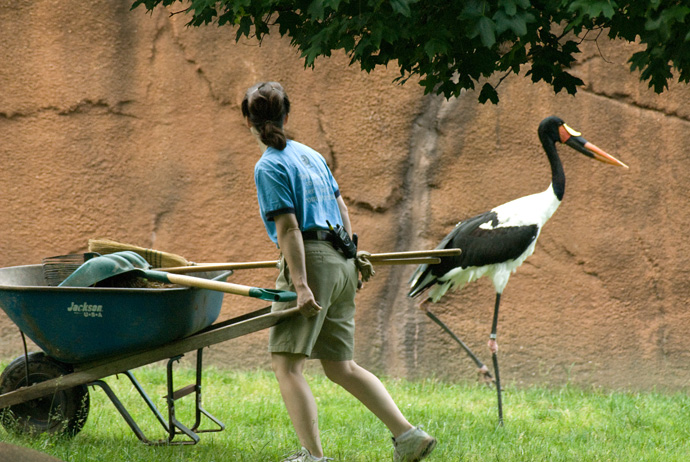A friend sent me a link to a Slate article, How Smart is the Octopus?, discussing how to measure the intelligence of a creature from a completely different world.
So much of our intelligence measuring is based on tools, but tools are, themselves, nothing more than devices helping a species survive in a hostile environment. How does intelligence evolve in a world that’s ideal? And how can we measure it?
The Slate article mentions one observation reflecting a set of complex behavioral patterns that are combined in order to meet a specific danger. Could this reflect primary intelligence?
Octopuses escape from predators not just by hiding quickly but by deceit. One of the most impressive examples of this deception is what marine biologist Roger Hanlon calls the moving-rock trick. An octopus morphs into the shape of a rock and then inches across an open space. Even though it’s in plain view, predators don’t attack it. They can’t detect its motion because the octopus matches its speed to the motion of the light in the surrounding water.
For Hanlon, what makes this kind of behavior remarkable is that it’s a creative combination of lots of behaviors, used to address a new situation.
The Slate article points to a scientific study, Cephalopod consciousness: Behavioral Evidence at Science Direct, which explores cephalopod learning and intelligence testing, and is available for a rather steep purchase price. However, for some odd reason, I received access to the online article. Perhaps, since this article is in a journal on learning and cognition, I exhibited the appropriate sequence of actions and was rewarded with access to the journal. In other words: Shelley, good monkey.
The research paper is a very dense read, and does reference learning studies methodology, but is fascinating reading. In particular, one paragraph summarizes the difficulty inherent with trying to test for intelligence with a species so completely different from us.
In accordance with West-Eberhard’s (2003) learning–forgetting–learning sequence, octopuses seemed to forget which one of a pair of stimuli was rewarded and began to choose the alternative after a week of testing. Papini and Bitterman (1991), among others, found that octopuses asymptoted at seven of ten positive choices before shifting attention to the alternative. All animal species have ecological limitation on learning, adapted to the situation in which they need to use it (West-Eberhard, 2003), though it is surprising to see this limitation given the variety of visual and tactile stimuli that octopuses can process (Wells, 1978). One reason that octopuses may have this temporal limitation on learning and so switch choices comes from field observation on their occupancy of space. Octopuses returned to one sheltering home after foraging trips for approximately a week and then moved on to a new area (Mather & O’Dor, 1991), possibly as the prey in their limited home ranges was depleted. If they were using a win-switch foraging strategy (see Stephens & Krebs, 1986), then their memory duration would be programmed to adapt to this use of their environment, a deliberate selection and not a limitation.
Not just octopuses are examined—the researchers also examined squid, exploring whether skin coloration may actually form a primitive means of communication, and even hypothesizing that the squid practice deception with rivals during mating. The question then becomes, is deception a product of higher intelligence?
Wonderful stuff.



